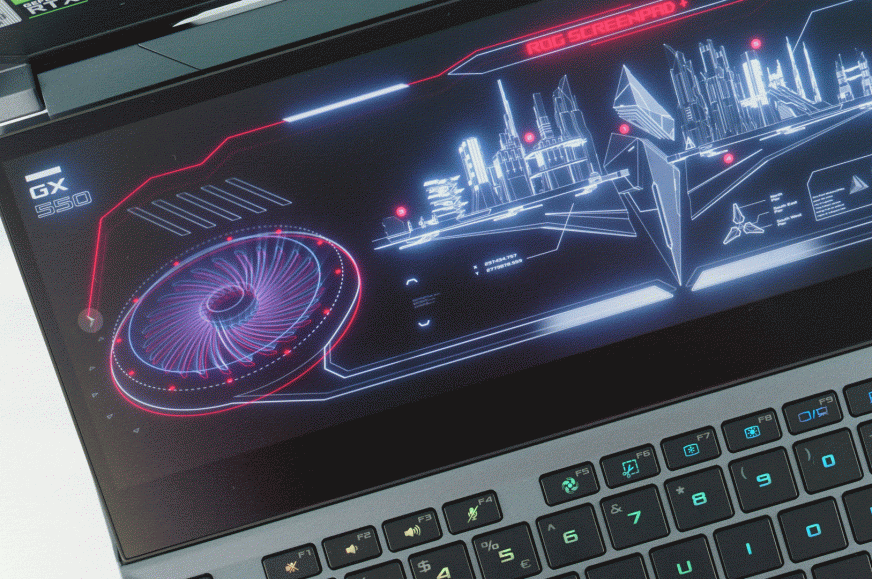Memory and disk tests
We owe you the second part of the tests for Zephyrus Duo. In addition to encryption, encoding, tests of memory and SSDs, this article provides detailed performance evaluation under Nvidia OptiX interface, display measurements, and most importantly, an in-depth analysis of operational characteristics. Heating, power and clock management are captured for the first time in detailed flowcharts across all modes (Turbo, Performance and Silent).
Memory and disk tests
The memory speed does not differ significantly from other models, only the low latency was surprising, which is 13% lower than with the HP dual-display notebook and up to 44% lower compared to the G14.
SSD speed is one of the best we have been able to measure so far.
- Contents
- Display tests
- Encrypting, encoding
- Memory and disk tests
- Heating and battery life
- Blender – CPU test, CUDA and Optix
- Power modes
- Utility application
- Evaluation











